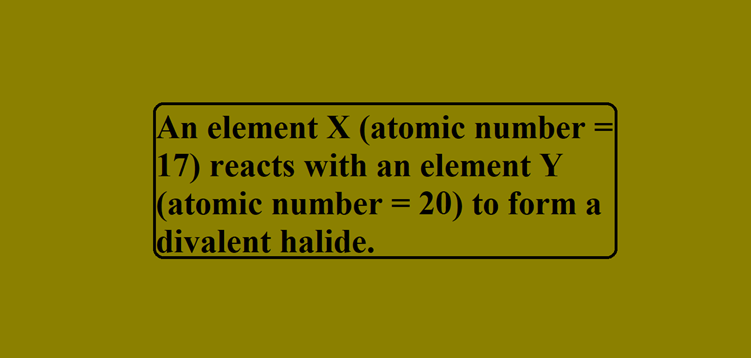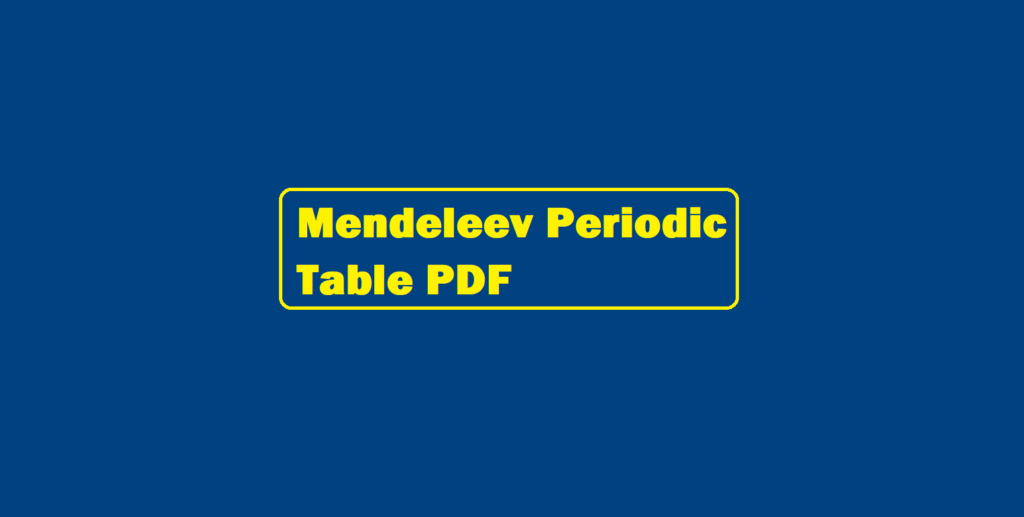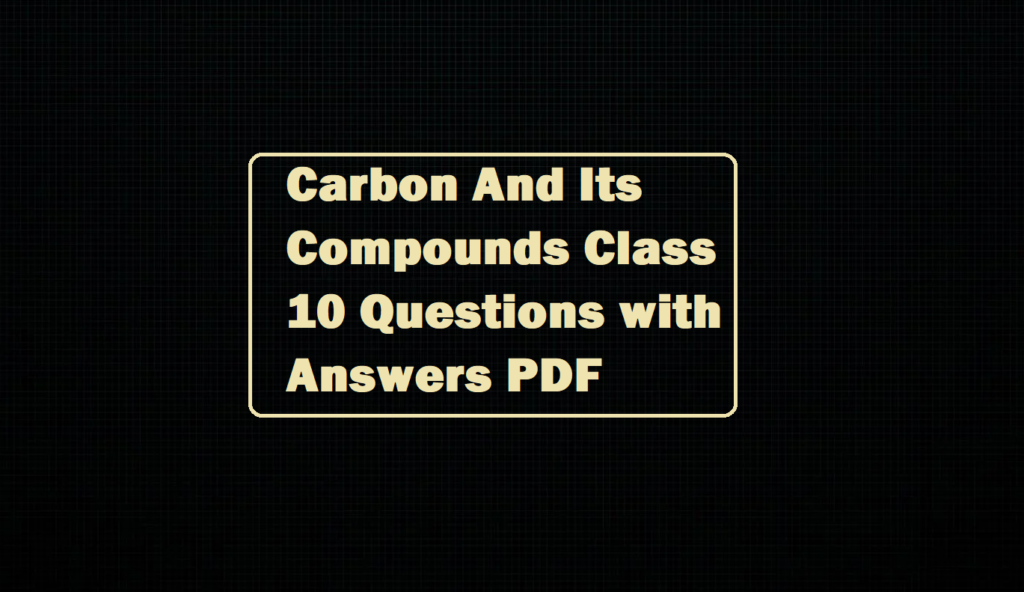Que. An element X (atomic number = 17) reacts with an element Y (atomic number = 20) to form a divalent halide.
a) Where in the periodic table are elements X and Y placed?
b) Classify X and Y metals, non-metals, or metalloids?
c) What will be the Nature of the oxide of element Y?
d) Draw the electron dot structure of the divalent halide.
Ans. a) The electronic configuration of element X with atomic no. 17 is 2, 8, 7. Since it has 7 valence electrons, therefore, it lies in group 17(10 + 7), Since in element X third shell is being filled, it lies in the third period. X is chlorine. The electronic configuration of Y with atomic number 20 is 2, 8, 8, 2. Since it has 2 valence electrons, it lies in group 2; Y is calcium (Ca)
b) Since element X is Cl has seven electrons in the valence shell and needs one more electron to complete its octet. Therefore, it is a non-metal. Further, element Y has two electrons in the valence shell, that can be easily lost to achieve the stable electronic configuration of the nearest inert gas, therefore it is a metal.
c) Element ‘Y’ is a metal, therefore, its oxide must be basic in nature. Metals and Nonmetals form ionic compounds thus, the bonding in calcium oxide is ionic.
d) Electronic Configuration of 20Ca = 2,8,8,2 Electronic Configuration of 17Ca = 2,8,7

An element X (atomic number = 17) reacts with an element Y (atomic number = 20)


